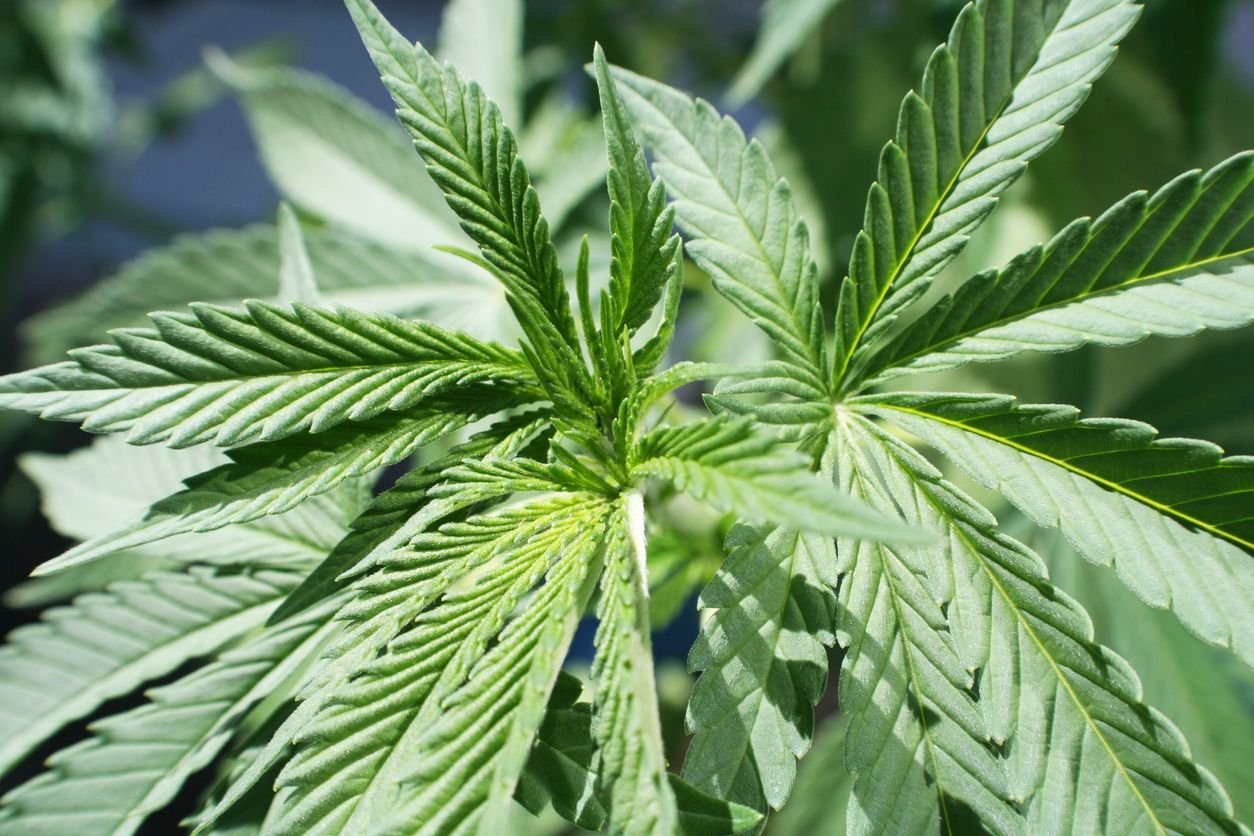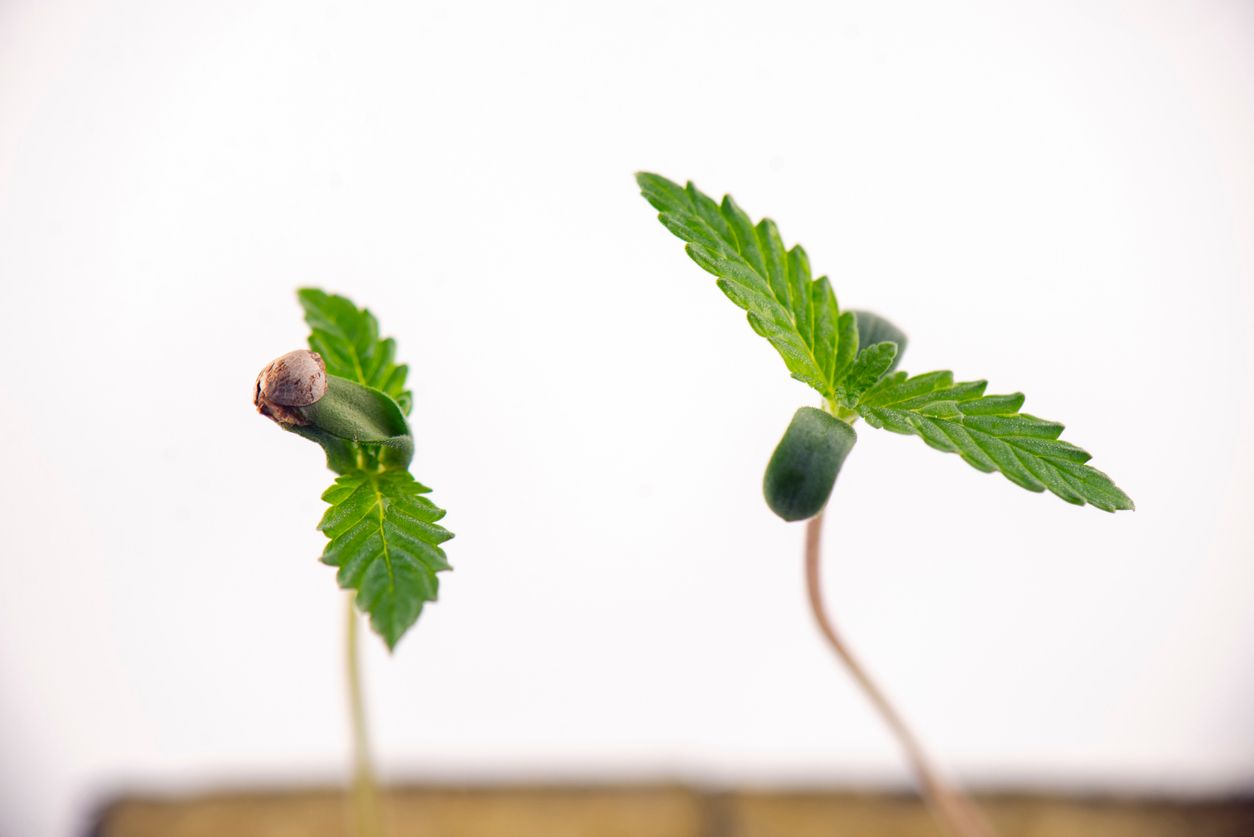10 Things that you must do to care for a growing marijuana plant

Learning how to grow marijuana doesn’t have to be difficult, and as long as you know the necessities these plants need in order to survive, it's easy to have a successful crop. The trouble is, most people don’t quite realize what that means, as the marijuana plant is much different than your typical house plant variety.
How to grow and care for marijuana while it matures
Growing marijuana takes a certain amount of love, care, and patience, but most of all, it requires a few basic elements that will help it to mature as rapidly, and efficiently as possible. If you take the advice found here, and implement it into your already established routine of caring for your plant, they will flourish.
-
Water your marijuana plant regularly (but not too often)
Not all weed plants require daily watering, in fact, most benefit from a watering cycle of every three days or so. The only time that you should be giving your marijuana plant water daily is when it is ill and requiring some type of treatment. What you can do is give your cannabis plants a good misting once a day with a spray bottle, as it will help to keep the pot leaves clean and give them a direct drink that is easy to absorb without soaking the soil. Too much water should be avoided, as it can lead to root rot. -
Offer a sufficient light source
The average houseplant will do quite well placed as a centerpiece on a table, or near a well-lit windowsill, but unless you have a full days’ worth of sun in these locations, growing marijuana can prove to be a challenge. This is because the process of photosynthesis is necessary for the plant to convert many of the most essential nutrients. Without light, even if the marijuana plant lives, it likely won’t do very well. -
Learn the proper lighting schedules for the different stages of growing marijuana
All plant species, including cannabis, revolve around a specific growing schedule according to the climate that it originated from. Some weed strains need a longer time and to be fully mature, while others can be done from seed to harvest in as little as 90 days. The length of the growing season must coincide with the lighting schedule implemented, which is the reason why it is so important to set a timer on light fixtures. Keeping the light on for too many hours a day can stress out your marijuana plant, and too little will not give it the nutrients that it needs. -
Use all-natural nutrients to fertilize your marijuana plant
Though experienced growers might recommend a strict nutrient schedule to provide your growing marijuana plants with everything that they might need, too much of these additives can cause serious damage that is difficult to recover from. That is the reason why these tools are best left in the hands of those who know how to use them. If you are just learning how to grow marijuana, then sticking to more natural alternatives like eggshells or manure is the safest way to go. -
Plant your seedlings in a high-quality soil
This is an essential and often overlooked step, as the soil provides the first building blocks from which your cannabis plant will build upon. If you start out with empty or contaminated soil, then your plant will not get any of the essential nutrients that it needs to create leaves, buds and trichomes. Hence, it is always a good idea to invest in some ready-mix vegetable plant safe super soil or make some for yourself.
If you are growing regular marijuana seeds, then always be on the lookout for males
Feminized seeds are an excellent option as they void the possibility of dealing with males, but with regular cannabis seeds, the chances are around 50/50 that it will end up being either a male or a hermaphrodite. Both of which can be devastating to your crop, and anyone else’s marijuana plants that are within a few miles radius. When a male pot plant matures, it opens seeds that contain enough pollen to fertilize hundreds of females, which can result in seedy and underdeveloped buds which is less than ideal for anyone. Spot the males by looking for small round ball sacs that will develop near the crotch of the marijuana plant stems and remove and destroy them as soon as possible.
Consider preventative methods of pest control
If you are trying to figure out how to grow marijuana in a natural and foolproof way, then it might be worth the additional cost to harness the power of preventative pest control that can be done with any species that is safe for your marijuana plant. Ladybugs are most commonly used in this situation both indoors and outdoors.
Test the PH level of the soil before planting and during the developing stages of growth
A lot of people don’t realize the importance of soil’s PH but knowing this information can help you to catch common problems and deficiencies long before they cause any damage or stress to your marijuana plant. That is the reason why it is highly recommended to buy a PH soil tester kit long before you even begin growing marijuana, as it might not offer the best environment for a healthy root system to stretch out and absorb the offered fertilizers. Too high, or too low of a PH level can hinder your cannabis plants ability to process food, and it can lead to starvation and eventually lead to the plant dying.
Learn tips and tricks for low-stress pruning to maximize yield
Many beginners who feel that they understand how to grow marijuana will go to great lengths in an attempt to maximize certain characteristic in a plant and the most commonly sought is an increase in bud size. Though it might sound tempting to take on this challenge, it is not recommended for less experienced growers. This will not prevent pruning, it’s just best to look for low-stress methods to decrease your chances of causing more harm than good.
Choose hardy cannabis strains that can withstand lower temperatures
The marijuana plant comes in a broad range of hundreds of different strains, and while some of them are breathtakingly beautiful, most highly colored types of weed are best suited to a hot, humid climate. Since most of the world doesn’t offer such an ideal tropical environment, even indoor cannabis plants should be from a breed that can withstand low nighttime temperatures. This can help you to avoid issues in homes with air conditioning and to strengthen your outdoor crop in case of an early frost.


